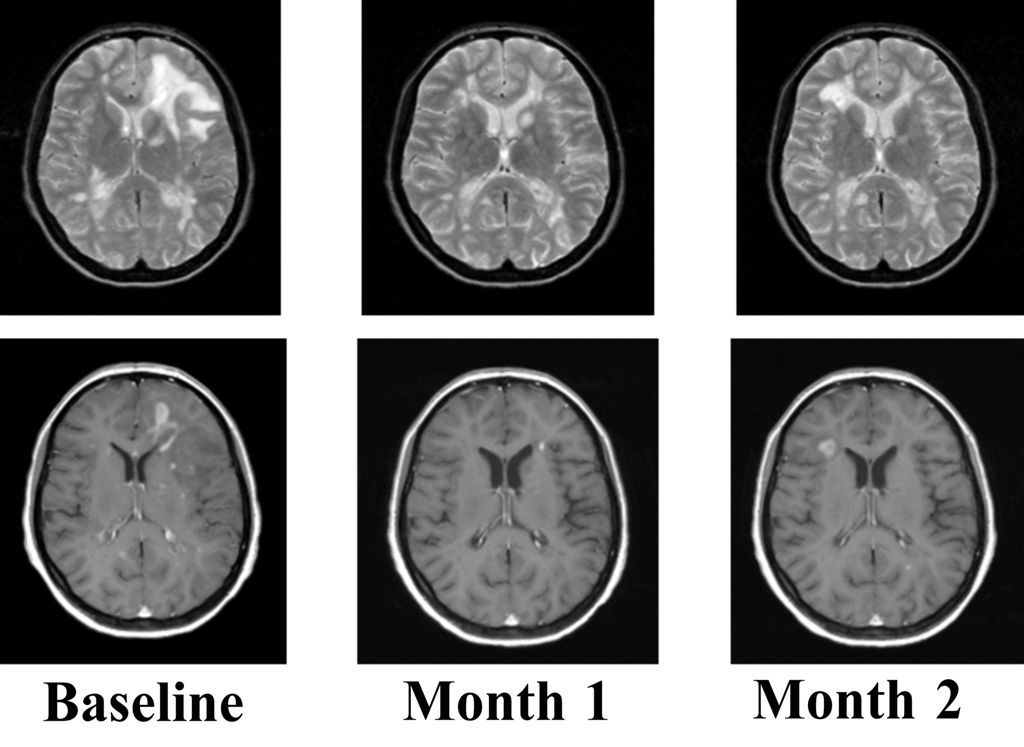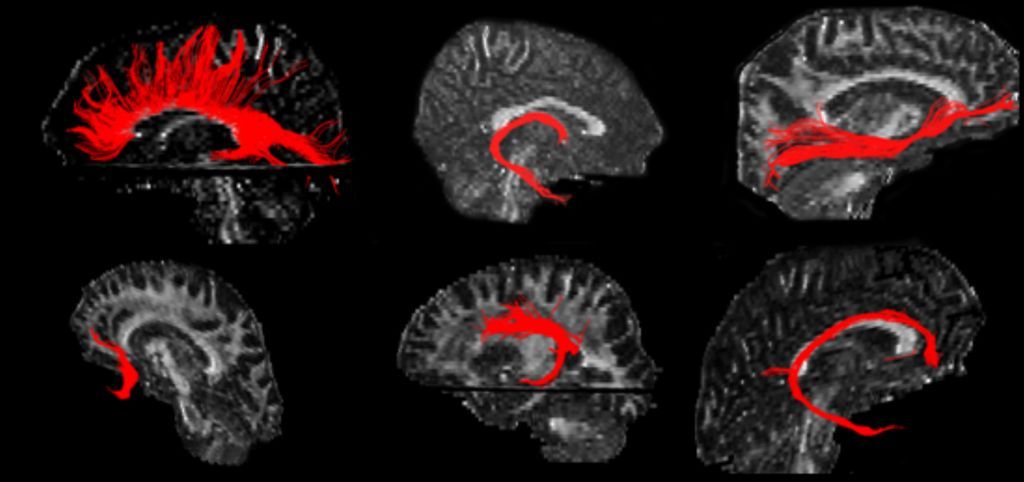- AI
- Molecular Imaging
- CT
- X-Ray
- Ultrasound
- MRI
- Facility Management
- Mammography
Advanced MRI May Speed Diagnosis of Multiple Sclerosis
MRI is useful in early multiple sclerosis diagnosis, improving efficacy of drug treatments. Work is under way to also identify biomarkers that signal treatment success.
MRI has become central to the diagnosis of multiple sclerosis, a complex disease of the central nervous system that affects over 400,000 people in Europe. Around 90% of all MS diagnoses are now based on MRI findings, owing to the modality’s high sensitivity to inflammation and demyelinating plaques.
Trials have shown that an early diagnosis can make a big difference to the efficacy of MS drug treatments. Familiarity with the optimum diagnostic strategy is consequently crucial. Work is also under way to identify imaging biomarkers that could show whether a selected treatment is working, well before that same conclusion can be drawn from clinical findings.
Friday morning, members of the European Magnetic Imaging in Multiple Sclerosis (MAGNIMS) network shared with ECR delegates their expertise on MS diagnosis and management. The state-of-the-art session included practical tips for general radiologists who are faced with a potential case of MS, as well as details about research that will appeal to specialists in neuroradiology.
“From a practical point of view, the most important message is to be familiar with the diagnostic criteria,” said Dr. Alex Rovira, head of the MRI unit at the Vall d’Hebron University Hospital, Barcelona, Spain, and the session chair. “In most European countries, the criteria required to start treatment for MS is to establish the diagnosis, and this is done with MRI. To avoid a wrong diagnosis, we have to know about the typical features of this disease and how we should apply imaging criteria.”

An imaging-led diagnosis of MS is typically based on conventional MRI techniques. T2-weighted imaging can reveal lesions that indicate the presence of inflammation, demyelination, gliosis, axonal loss, and even remyelination. This information may be used by radiologists to estimate the overall burden of MS disease. Contrast-enhanced T1-weighted MRI can also be used to detect lesions that are currently active.
A firm diagnosis is not usually made until the disease has been identified clinically in a separate part of the central nervous system some time after the initial onset of symptoms. It may take a couple of years for this criterion to be met. Repeated MRI, on the other hand, may identify new “silent” lesions and speed up the diagnosis. Alternatively, and of equal importance, imaging may be able to exclude MS and identify another cause of the patient’s symptoms.
Once the diagnosis has been made, the value of MRI to MS patients begins to waver. Radiologists would like to use MRI to track progression of the disease, and perhaps even forecast periods of remission and relapse, but it is difficult to predict the outcome of treatment based on conventional MRI findings alone. What you see on imaging does not necessarily reflect what benefit the patient will get.
The main reason for this clinical-radiological paradox is the complexity of MS. A number of factors contribute to disease severity, and not all of this information can be captured from T2- and T1-weighted imaging alone. Conventional MRI techniques may be able to spot MS lesions, but they say little about changes occurring within those lesions or about damage to brain tissue that has a “normal” appearance. More sophisticated techniques, such as MR spectroscopy (MRS), diffusion tensor imaging (DTI), and functional MRI (fMRI) are needed to complete the picture.
“MS is not just focal inflammatory demyelination, as we used to think. There are a lot of additional things going on,” said Prof. Massimo Filippi, director of the Neuroimaging Research Unit at San Raffaele University in Milan, and one of the session’s three invited speakers. “It is a more complex puzzle that we still need to define.”

This process would be aided if the application of these nonconventional MRI techniques could be standardized, according to Filippi. Clear criteria for the diagnosis of MS based on conventional MRI approaches have already been established, but as yet, there is no common language covering MRS, DTI, and/or fMRI findings.
Nonconventional MRI techniques are becoming increasingly important in preclinical and clinical trials as companies move forward in developing neuroprotective drugs, as well as anti-inflammatory agents. The development of internationally acceptable guidelines relating to MRI-based monitoring of MS would help researchers from different institutions to compare their results.

“We are lucky to have MRI, which is not a single technique but a set of techniques. We should not be using the same technique in all scenarios, but tailoring our approach to MRI when addressing different research questions,” Filippi said.
FDA Approves Fluorescence Imaging System for Detecting Residual Breast Cancer
April 18th 2024The combination of the optical imaging agent Lumisight and the fluorescence imaging device Lumicell Direct Visualization System, collectively known as LumiSystem, reportedly offers 84 percent accuracy with real-time detection of residual breast cancer after lumpectomy procedures.
Study of Ofatumumab for Multiple Sclerosis Shows 'Profoundly Suppressed MRI Lesion Activity'
April 17th 2024The use of continuous ofatumumab in patients within three years of a relapsing multiple sclerosis diagnosis led to substantial reductions in associated lesions on brain MRI scans, according to research recently presented at the American Academy of Neurology (AAN) conference.
Could a Deep Learning Model for Mammography Improve Prediction of DCIS and Invasive Breast Cancer?
April 15th 2024Artificial intelligence (AI) assessment of mammography images may significantly enhance the prediction of invasive breast cancer and ductal carcinoma in situ (DCIS) in women with breast cancer, according to new research presented at the Society for Breast Imaging (SBI) conference.
